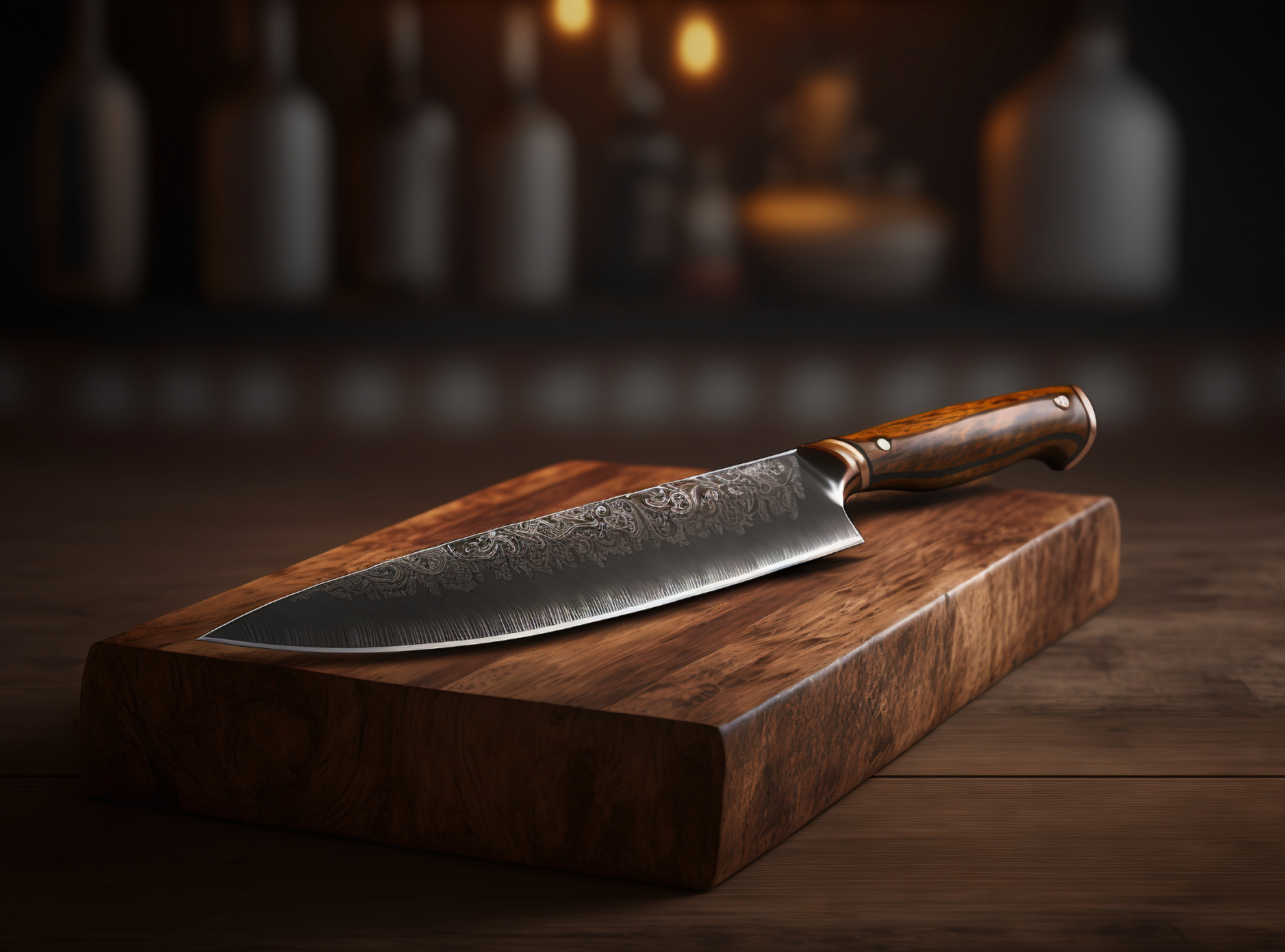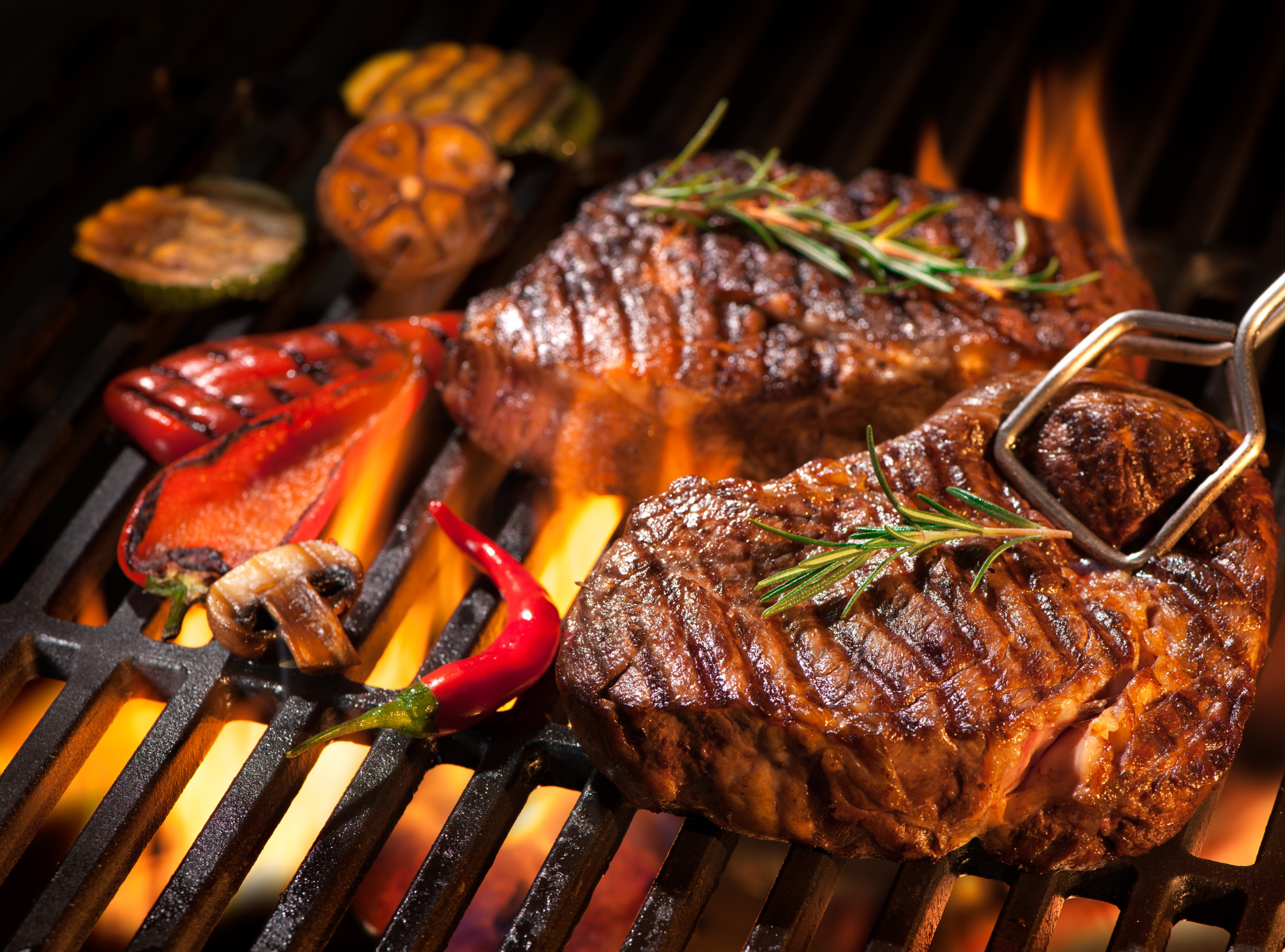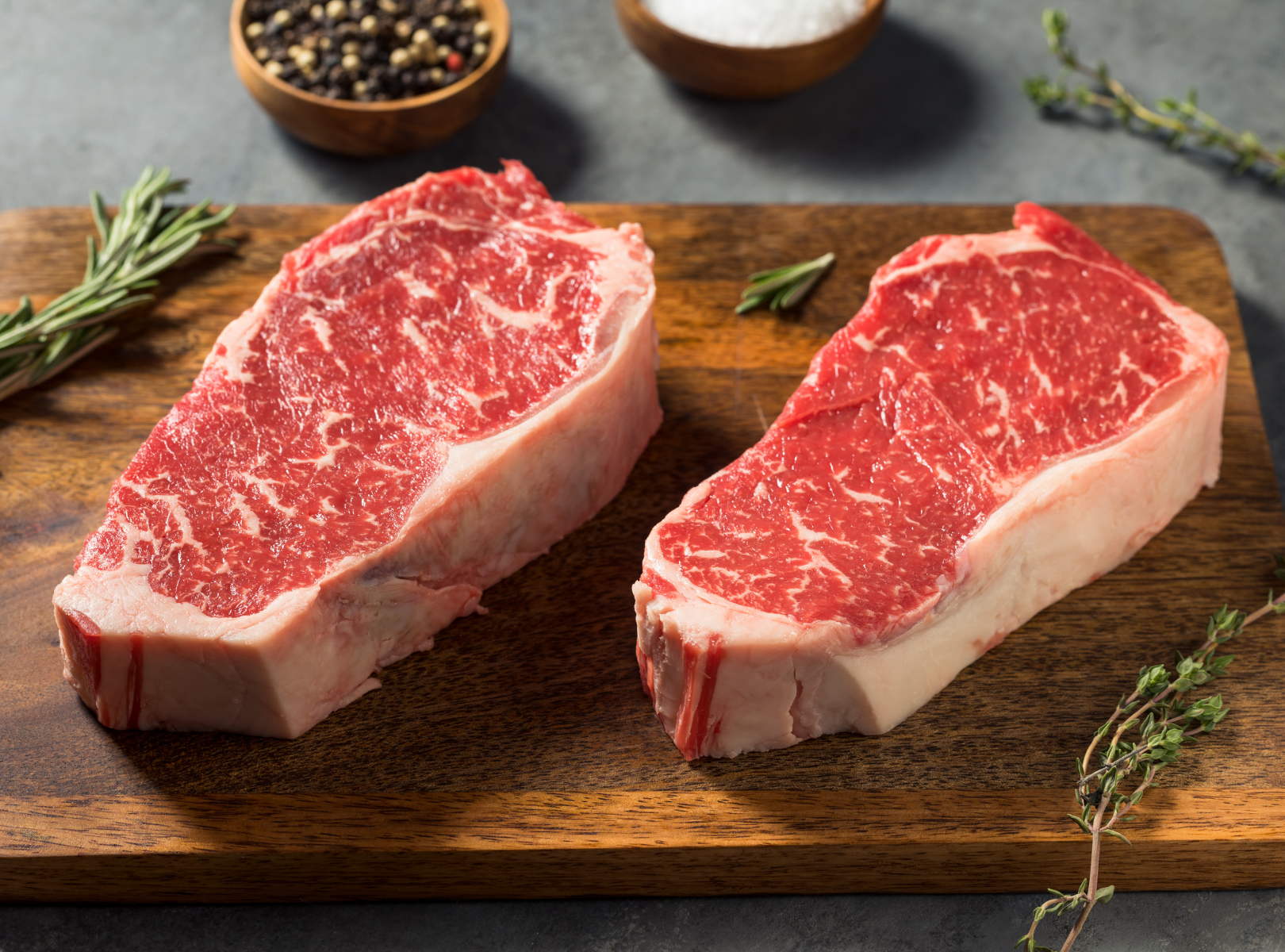How to Choose a Butcher’s Knife

Choosing a butcher’s knife requires careful consideration of several factors to ensure you select a knife that meets your specific needs. Here are some key points to keep in mind:
Blade Type:
- Butcher's Knife: This is the most common type of knife used by butchers. It has a wide, thick blade with a slight curve and a pointed tip. It is versatile and suitable for a variety of tasks, including cutting, slicing, and breaking down large cuts of meat.
Blade Length:
- The blade length of a butcher knife typically ranges from 6 to 12 inches, with the most common size being around 8 inches.
- Consider the size of the cuts of meat you typically work with and choose a blade length that allows for efficient and comfortable cutting.
Blade Material:
- Look for a butcher knife made from high-carbon stainless steel, which offers a balance of durability, sharpness, and stain resistance.
- High-quality blade material will ensure that the knife holds its edge well and is easy to maintain.
Handle:
- The handle should provide a secure and comfortable grip, even when working with slippery or greasy meat.
- Consider the material, shape, and ergonomics of the handle to ensure it feels comfortable in your hand and offers good control during use.
- Common handle materials include wood, plastic, and composite materials.
Tang:
- The tang refers to the portion of the blade that extends into the handle. Look for a butcher knife with a full tang, where the blade extends the full length of the handle.
- A full tang provides better balance, stability, and strength to the knife, making it more durable and suitable for heavy-duty use.
Weight and Balance:
- Butcher knives are generally heavier than other knives to provide the necessary power and stability for cutting through tough meat.
- Consider the weight and balance of the knife to ensure it feels comfortable and well-balanced in your hand.
Maintenance and Care:
- Check if the butcher knife requires special care, such as hand washing and immediate drying after use.
- Consider whether the knife needs regular sharpening and whether it can be easily sharpened at home or if professional sharpening is recommended.
Budget:
- Set a budget range based on your requirements and the quality of knife you desire.
- Investing in a higher-quality butcher knife will likely provide better performance, durability, and longevity.
If possible, try holding and testing the knife to assess how it feels in your hand and how well it suits your grip and cutting style. By considering these factors, you can choose a butcher knife that fits your needs and enhances your meat-cutting tasks.



